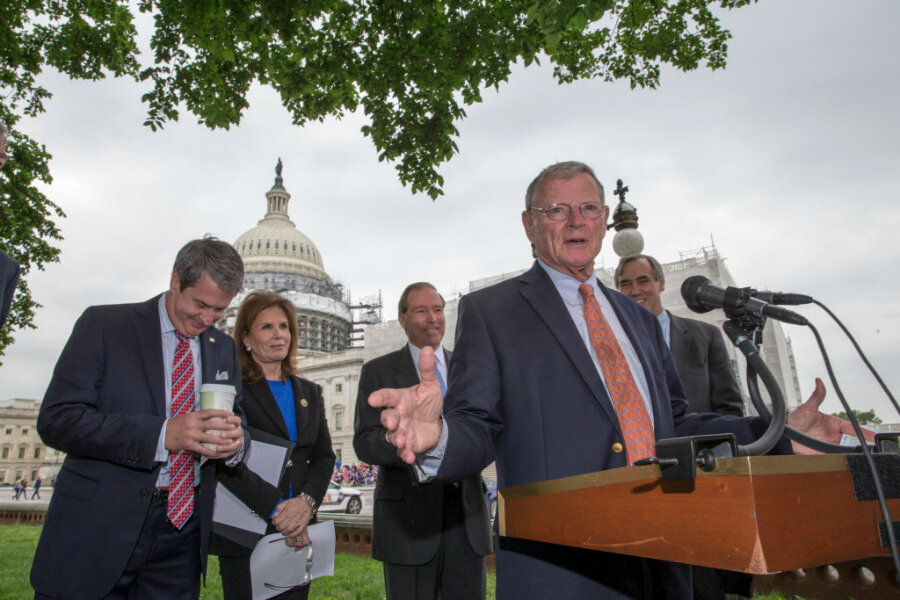Working across the aisle for consumer safety
Loading...
One of the most wide-ranging pieces of environmental legislation in many years will shortly become law. The bill passed the US Senate June 7 with strong backing from both Republicans and Democrats. Earlier it passed the House by a whopping 403-to-12 margin. President Obama is expected to sign it.
This bipartisan update to the Toxic Substances Control Act (TSCA) greatly strengthens the ability of the Environmental Protection Agency (EPA) to protect the public from unsafe chemicals that might be found in thousands of consumer products, from toys and clothing to car parts and home furnishings.
How were members of Congress able to work across party lines?
One congressman called the situation a “perfect storm” in which usually opposing interests realized they shared common goals. The chemical industry wished to be spared from a growing patchwork of state regulations it found increasingly burdensome. A single federal standard will make adherence clearer and simpler.
Industry groups also recognized that consumers were seeking greater assurances that products were free of toxic ingredients and safe to use. Events such as the shutdown of the lead-contaminated public water supply in Flint, Mich., have raised suspicions that government is not keeping a close enough eye on substances that could affect public health.
The legislation didn’t go far enough to suit all environmental groups. But many saw the bill as a vast improvement that was worthy of strong support. Animal welfare advocates in particular are pleased that testing of chemicals on lab animals will be severely restricted.
In the end, no side got all it wanted, but each found in the bill more than enough to sign on.
The legislation bore another earmark of other successful bipartisan efforts: It was the result of many years of work, including many previous bills that failed to find sufficient support. When the timing was right, the latest bill benefited from a solid base of support in both parties.
Even states, which will lose some control, received a concession: If the EPA fails to act in a timely fashion they may petition to set their own standards.
The president wisely maintained a low profile on the bill, which kept election-year politics from intruding.
“What makes this accomplishment extraordinary is that the balance was reached, not by skirting around the most contentious issues, but by directly tackling and seeking to resolve the differences,” said Richard Denison, lead senior scientist at the Environmental Defense Fund.
In the past 40 years the EPA has been unable to do much to determine the safety of chemicals in consumer products. The TSCA gave it little power to act: The EPA has banned or restricted only five substances since 1976.
Now the agency has been provided with the ability to act more aggressively on behalf of consumers.
And, just as important, members of Congress have rediscovered a template for how bipartisan efforts can succeed.







